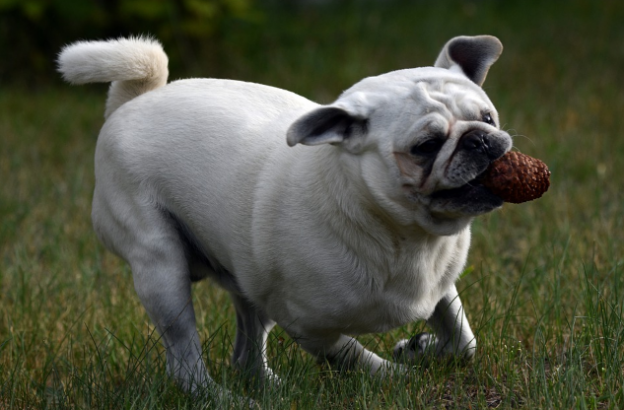Many animals show playful behavior and elements of active behavior, dogs also do as well. Practicing these playful behaviors in dogs can also be extremely useful and essential for their well-being and realizing their potential social interactions. Since dogs also play games that imitate adult errands (cooking, playing doctor), dogs often play to imitate hunting movements such as stalking, hunting, running, and jumping. If you want to keep your dog healthy, you should let them to make them grow well.
 In addition to hunting movements, dogs can also borrow behaviors from different areas of life, so you can see elements of fighting, running and courting behavior in the combination of a puppy’s repertoire of playful behavior. Along with these often “intense” behaviors incorporated into the mix, one might wonder why on earth puppies do not always end up fighting, considering the potentially antagonistic and easily misunderstood nature of snarling, growling, jaw rubbing, biting, banging, catching and sitting.
In addition to hunting movements, dogs can also borrow behaviors from different areas of life, so you can see elements of fighting, running and courting behavior in the combination of a puppy’s repertoire of playful behavior. Along with these often “intense” behaviors incorporated into the mix, one might wonder why on earth puppies do not always end up fighting, considering the potentially antagonistic and easily misunderstood nature of snarling, growling, jaw rubbing, biting, banging, catching and sitting.
It ends with dogs with excellent social skills. It contains several elements that are believed to be easy to read and translate for the dogs they work with. Dogs use meta-signals to emphasize their intention not to do any damage during the game. Below is the information on each of the many signs of healthy and routine dog play behavior and its fascinating features.
Dog Uses Meta-Signals for Communication
 Fantastic games for dogs involve dogs having fun and can’t wait to talk. To emphasize friendly relationships, dogs use so-called meta-communication – a form of communication that involves non-threatening behavior. Dogs with good interpersonal skills use meta-communication in a playful way to get the message across that whatever they do, no matter how harsh or antagonistic it may seem, should not be taken seriously. I like to compare this type of communication with our use of quotes to indicate irony or sarcasm.
Fantastic games for dogs involve dogs having fun and can’t wait to talk. To emphasize friendly relationships, dogs use so-called meta-communication – a form of communication that involves non-threatening behavior. Dogs with good interpersonal skills use meta-communication in a playful way to get the message across that whatever they do, no matter how harsh or antagonistic it may seem, should not be taken seriously. I like to compare this type of communication with our use of quotes to indicate irony or sarcasm.
Dogs cannot talk, so they rely on body language to provide the so-called “meta-signals” – important signals for meta-communication. The most common meta-signal used in dogs is the medium or complete dramatic bow that instructs dogs: “This is just a game, what follows is not to be taken seriously. Other signs of the desire to play are the game (crazy attention, smiling faces, open-mouthed game faces), deceptive movements, giants of the game and a sprung body language with rocking chair movements.
Dog Plays Fun Role Reversals
 In addition to the use of meta-signals, an excellent game for dogs also includes some pleasant, functional reversals. What are partial inversions in the puppy’s function and are they complete? For example, the energetic tracker soon turns into the sole tracker, the playful biting changes on the person to bite, dogs in the wind around the ground.
In addition to the use of meta-signals, an excellent game for dogs also includes some pleasant, functional reversals. What are partial inversions in the puppy’s function and are they complete? For example, the energetic tracker soon turns into the sole tracker, the playful biting changes on the person to bite, dogs in the wind around the ground.
But what is the goal of the role change in the puppy’s function? Role reversals in the puppy game are just another solution to determine the game’s non-antagonistic intent further. Running is sensibly “preferring” many different functions that provide different emotions and the effect that the puppies have no hard feelings.…


